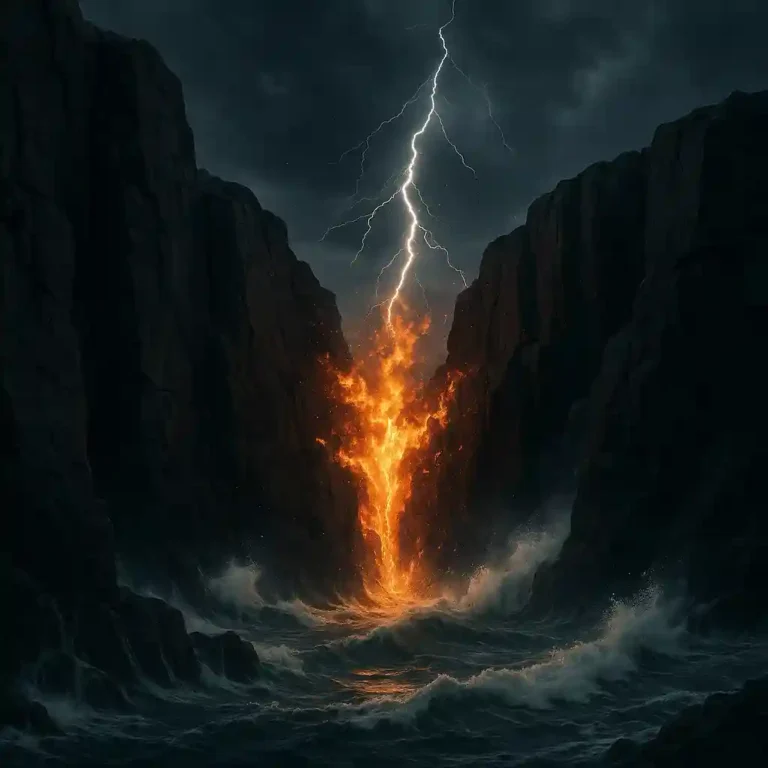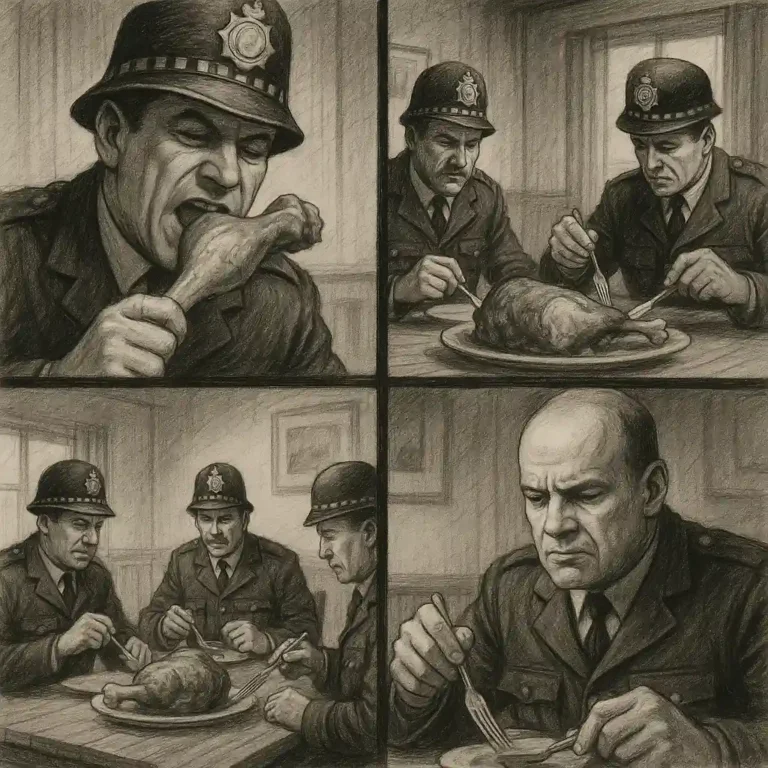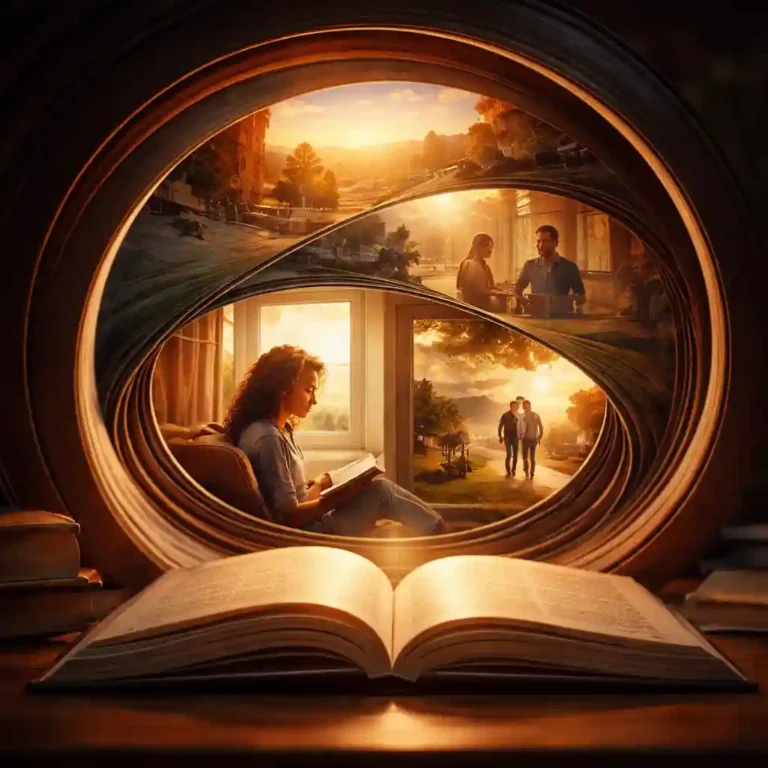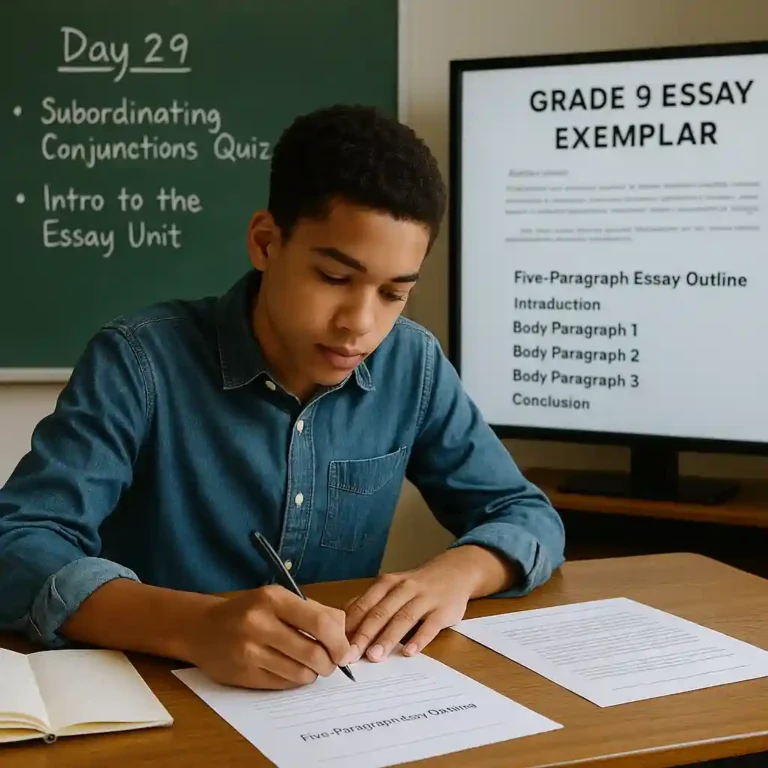Day 8: Conflict in Fiction Lesson Plan
We’ve reached Day 8 of our Grade 9 English journey, and today’s focus is one of the most essential story elements: conflict in fiction. Every story needs conflict—it’s what drives the action forward and keeps readers turning the page. This lesson helps students recognize different types of conflict, finishing up their glossary work while also practicing active reading.
Lesson Flow
1. Silent Reading (15 minutes)
As always, begin class with 15 minutes of silent reading. Students should continue logging important details in their reading logs, paying special attention to moments of conflict in their stories.
2. Finish the Literary Terms Glossary
Today, complete the glossary with the final set of terms. Students can either copy down the provided definitions or research them on their own, depending on your approach:
Rhetorical Question – A question asked for effect, not for an actual answer.
Sentence Structure – The arrangement of words, phrases, and clauses in a sentence.
Simile – A comparison using “like” or “as.”
Symbolism – Using symbols to represent larger ideas.
Synecdoche – A figure of speech where a part represents the whole (e.g., “all hands on deck”).
Tone – The writer’s attitude toward the subject, revealed through word choice and style.
3. Mini-Lesson: Conflict in Fiction
Have students copy the following notes into their notebooks. These can serve as a reference for the rest of the course.
Notes on Conflict in Fiction
Conflict = the struggle between opposing forces. It drives the plot forward and creates interest.
Two Main Types of Conflict:
External Conflict – A struggle between a character and an outside force.
Character vs. Character – One character in opposition to another.
Character vs. Nature – Struggles with natural forces (storms, animals, environment).
Character vs. Society – Conflict against rules, laws, traditions, or expectations.
Character vs. Technology – A struggle with machines, inventions, or modern advancements.
Character vs. Fate/Supernatural – A battle against destiny, gods, or otherworldly forces.
Internal Conflict – A struggle within the character’s own mind.
Character vs. Self – Internal battles with emotions, decisions, or desires.
Wrap-Up
To finish class, ask students to identify one example of conflict from their independent reading. Have a few volunteers share aloud, then encourage everyone to write a quick journal entry describing how the conflict they chose is shaping the story so far.






